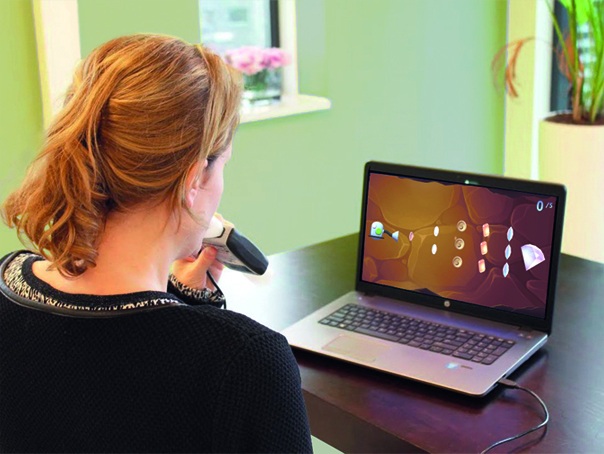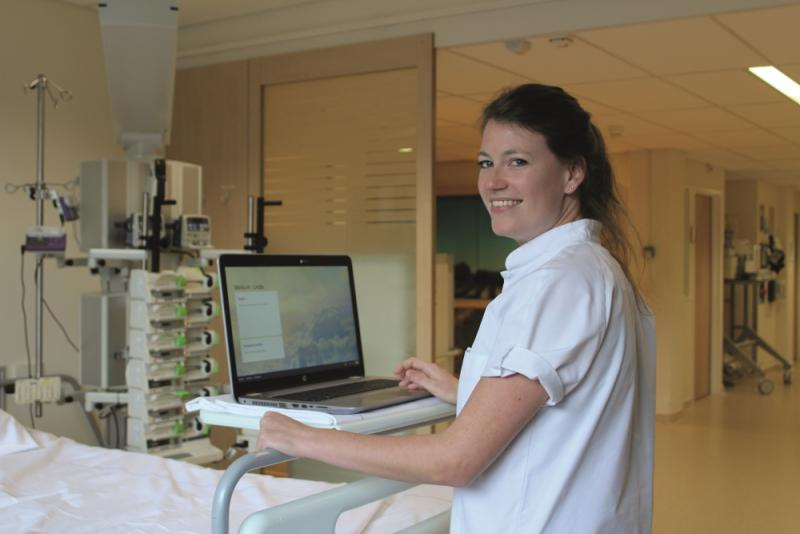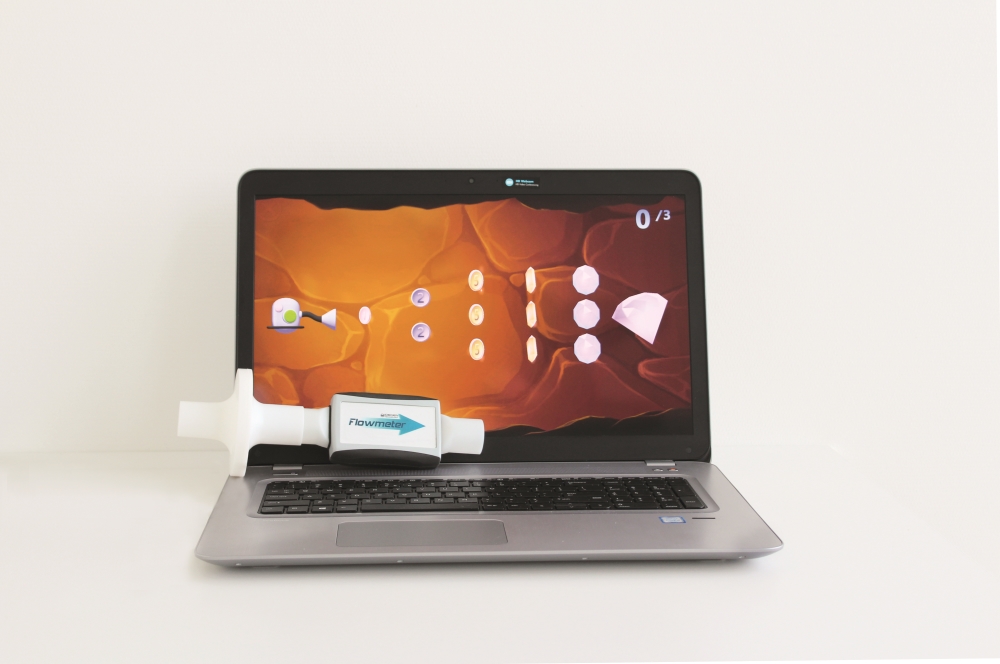SilverFit Flow - Breathing exercises

With the SilverFit Flow, the patient performs various breathing exercises through games. These motivates the patient to keep doing the exercises longer and to repeat them more often.
The exercises are performed under supervision of a therapist or independently, and can be practiced by one patient several times a day. The training data and scores are recorded by the system, so that the progress is noticeable.
How does it work?
While performing the exercise, goals must be achieved by breathing in and out through a spirometer. The spirometer is a medical product and measures the inhaled and exhaled volume.
The values are passed on to the SilverFit Flow, which then controls the exercise. In the future (expected fall 2020) it is also possible to set a resistance on the spirometer. In this way, the patient can perform respiratory strength training.
Importance of breathing training
Shortness of breath (Dyspnea) is a common complaint in people with lung disease, including patients with Chronic Obstructive Pulmonary Disease (COPD) and asthma. Artificial respiration can also lead to breathing problems at the intensive care unit. Breathing exercises are an important part of the treatment of these patient groups (Snoeck-Stroband et al. 2015, Gosselink et al. 2011a).
Breathing exercises can relieve difficult breathing and ensure that the patient regains control over breathing.
Breathing training can be supervised by a physical therapist, occupational therapist, respiratory therapist or speech therapist.
Motivational games
Regular breathing training is often perceived by patients as boring and repetitive. The SilverFit Flow offers breathing exercises through games. This motivates the patient to keep doing the exercises longer and more regularly.
How to use the SilverFit Flow?
The SilverFit Flow can be supplied on a laptop or added as a module on the SilverFit 3D.
A therapist integrates the SilverFit Flow exercices and games into his treatment protocol, and under his supervision. After guidance from the therapist, the patient experiences how the exercises can be performed independently.
More practice moments can be realized through independent use, with some exercises to be performed every hour. This contributes positively to the recovery.
 Nederlands
Nederlands  English
English  Français
Français  Deutsch
Deutsch 



